No, Neil deGrasse Tyson, squashing curiosity and wonder is never okay

Science communication is about more than just “stating facts.” A lot more.
“Curious that we spend more time congratulating people who have succeeded than encouraging people who have not.” –Neil deGrasse Tyson
If you’re someone who’s interested in increasing the awe, wonder, and curiosity about the Universe, you couldn’t have asked for a greater event than August 21st’s total solar eclipse. The continental United States hadn’t seen one since 1979, when more than half of the current population wasn’t even alive. This coast-to-coast event saw the path of totality cross through 14 states, with approximately 200 million Americans living within a single day’s drive of arugably the most spectacular natural spectacle the Universe delivers to Earth. Yet instead of celebrating the event and using it to raise an awareness of science and an appreciation for the good it does, Neil deGrasse Tyson took to Twitter to condescend to any non-scientists who dared enjoy this spectacular and rare event.
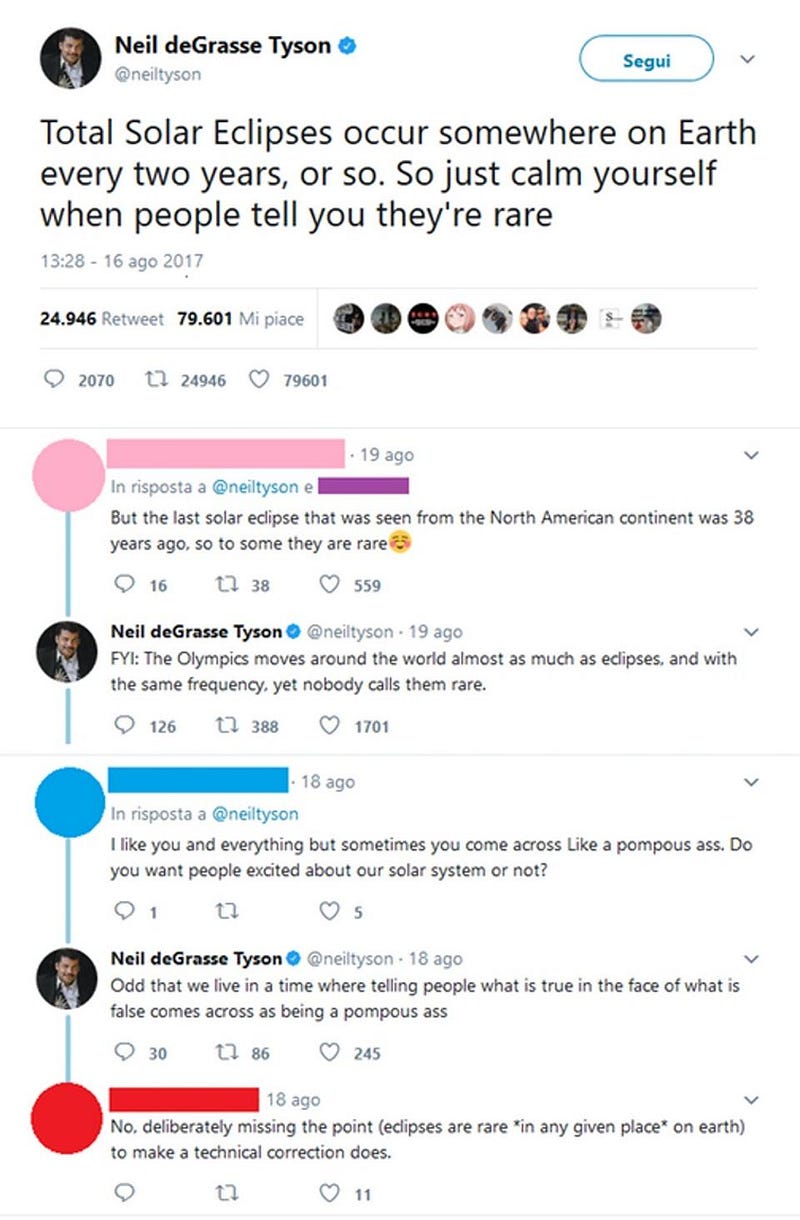
From a professional science communicator, this behavior seems bizarre and borders on inexcusable. There are a myriad of reasons to choose to share your love of science with the world, but the most basic is that you love science and you want others to love it, too. Unlike total lunar eclipses, which are visible from upwards of 50% of the Earth when they occur (i.e., everyone on the “night” side during the hours of totality), total solar eclipses are only visible from a thin, narrow path-of-totality that occurs where the Moon’s umbral shadow falls on the Earth’s surface. For the eclipse of August 21st, 2017, this meant that a 13,900 kilometer-long track flew across Earth’s surface, approximately 115 kilometers wide. Of the entire 510 million square kilometer surface, the eclipse shadow fell on just 0.26% of Earth.
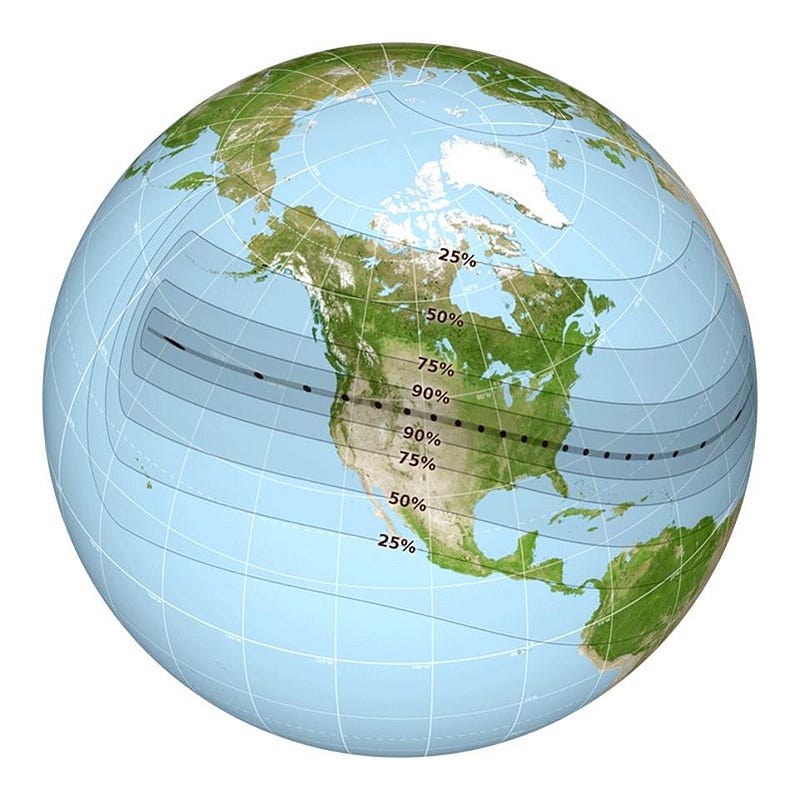
To say that an eclipse is rare “somewhere on Earth” is a very poor example of scientific communication in general, since being anywhere outside the path of totality won’t get you the experience of a total solar eclipse. But the fact that so much of this eclipse passed over such a well-populated land mass made this natural phenomenon extremely accessible, and got millions of people who’d never seen one (and millions more who hadn’t seen one in over a generation) very excited about science and astronomy. It made for an incredible teachable moment, and for an experience unlike anything else on Earth.
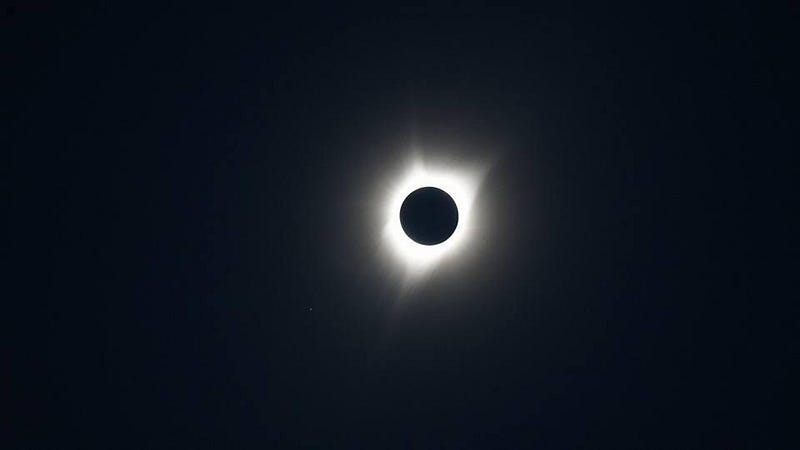
It was a chance to see the Sun’s corona with your own eyes. To see stars and planets during the day. To see the landscape dim, and city streetlights turn on. To see a reddish horizon in all directions that you looked. And to feel the warmth of the Sun go away entirely, despite there not being a cloud in the sky. It is an incredibly rare event in both space and time, especially considering that most times we have total solar eclipses, they pass over largely uninhabited areas: the oceans and the poles. There will even, in the coming years, be better solar eclipses with larger umbral shadows, wider paths of totality, and passing directly over even more populous cities.
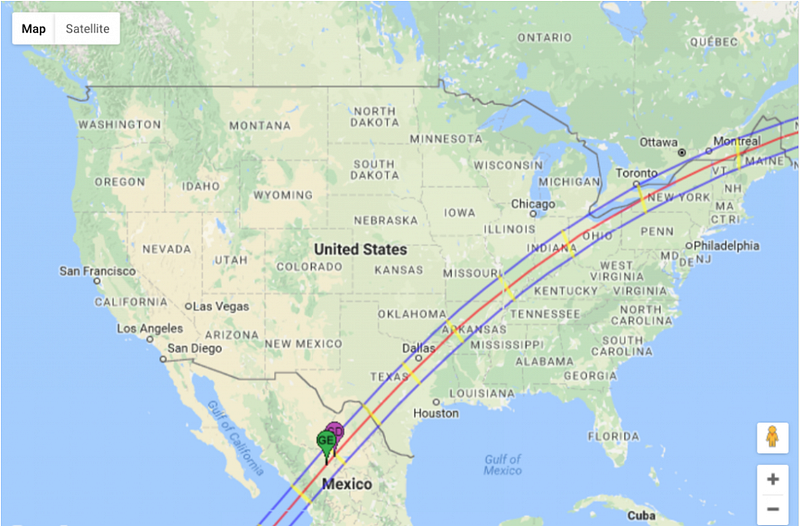
Yet all of those facts, despite being true, aren’t the point. The point is that gatekeeping has no place in science outreach. If your goal is to get everyone excited about science, the worst thing you can do is tell them they’re getting excited in the wrong way. It’s particularly egregious when others aren’t even wrong; you’re just being pedantic. And when someone tells you, “hey, for us, as people, this is how we experience this fact,” that means it’s no longer time to focus on what you said, but it’s time to focus on what they heard. If you can’t see beyond your own thoughts and intentions — and you insist on looking down your nose at those who don’t share them — that’s the definition of pomposity.
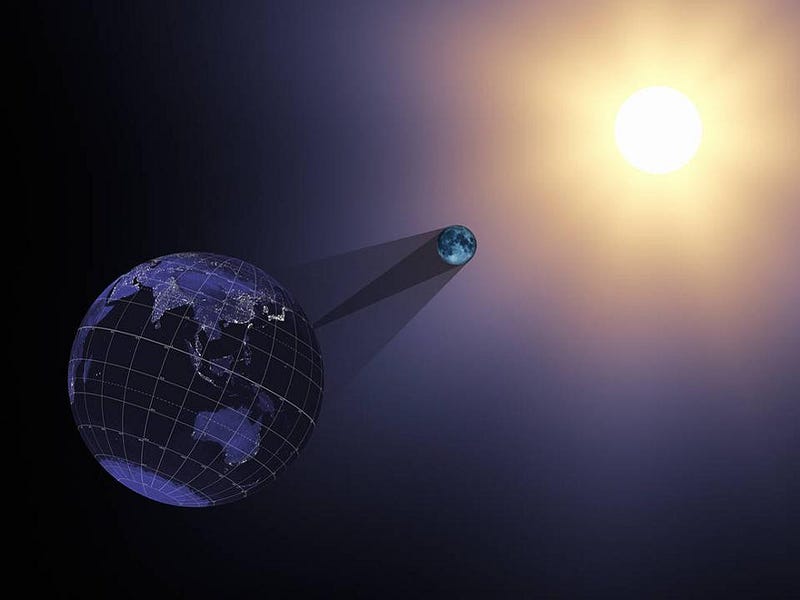
But this isn’t meant to be an admonishment; it’s an opportunity to get it right in the future. The truth is that the phenomenon of a total solar eclipse is wondrous and awesome in the original meaning of the words. People are often moved to tears when they have a visceral and moving experience, from millions of eclipse-watchers to moonwalking astronauts Neil Armstrong and Alan Shepard. To demean someone’s experience and shame them for a sense of wonder and reverence is to demean us all. At its core, science is about the joy and pleasure of finding things out, which is something we’ve all experienced at some point in our lives.
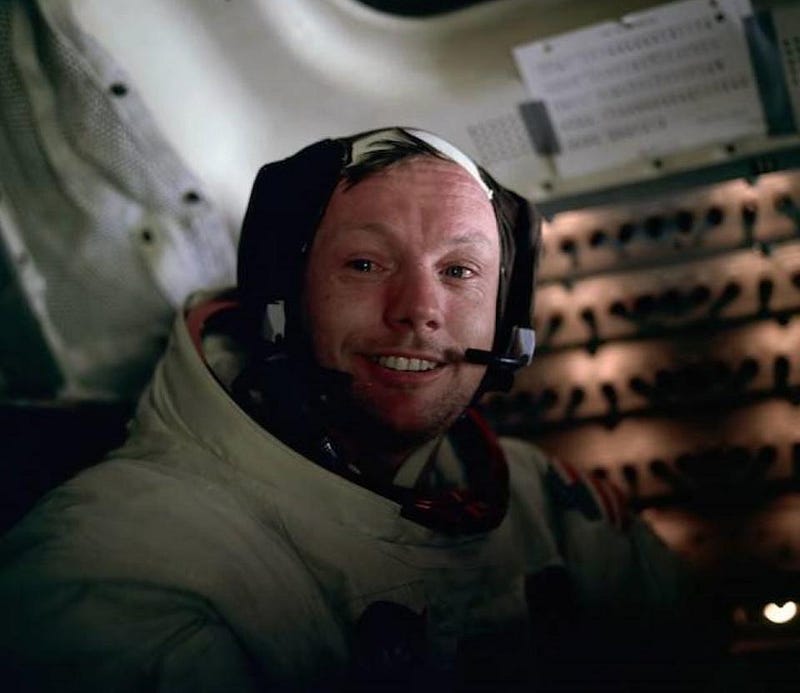
To anyone who felt excluded like they were being shamed for their own excitement at Neil’s comments, I sympathize with you. We all have our own niche, even peculiar interests that we get more excited about than most others will ever understand, and you should never be made to feel bad for that. But I am optimistic that Neil will learn a valuable lesson from this, and then next time someone asks him about the rarity and wonder of eclipses, he might remember the words of Carl Sagan, who said:
The reappearance of the crescent moon after the new moon; the return of the Sun after a total eclipse, the rising of the Sun in the morning after its troublesome absence at night were noted by people around the world; these phenomena spoke to our ancestors of the possibility of surviving death. Up there in the skies was also a metaphor of immortality.
The wonders of the Universe we all share speak to much more than just our rational minds; they touch every part of what it means to be human. May we all touch each other with kindness and generosity whenever our lives intersect.
Ethan Siegel is the author of Beyond the Galaxy and Treknology. You can pre-order his third book, currently in development: the Encyclopaedia Cosmologica.





